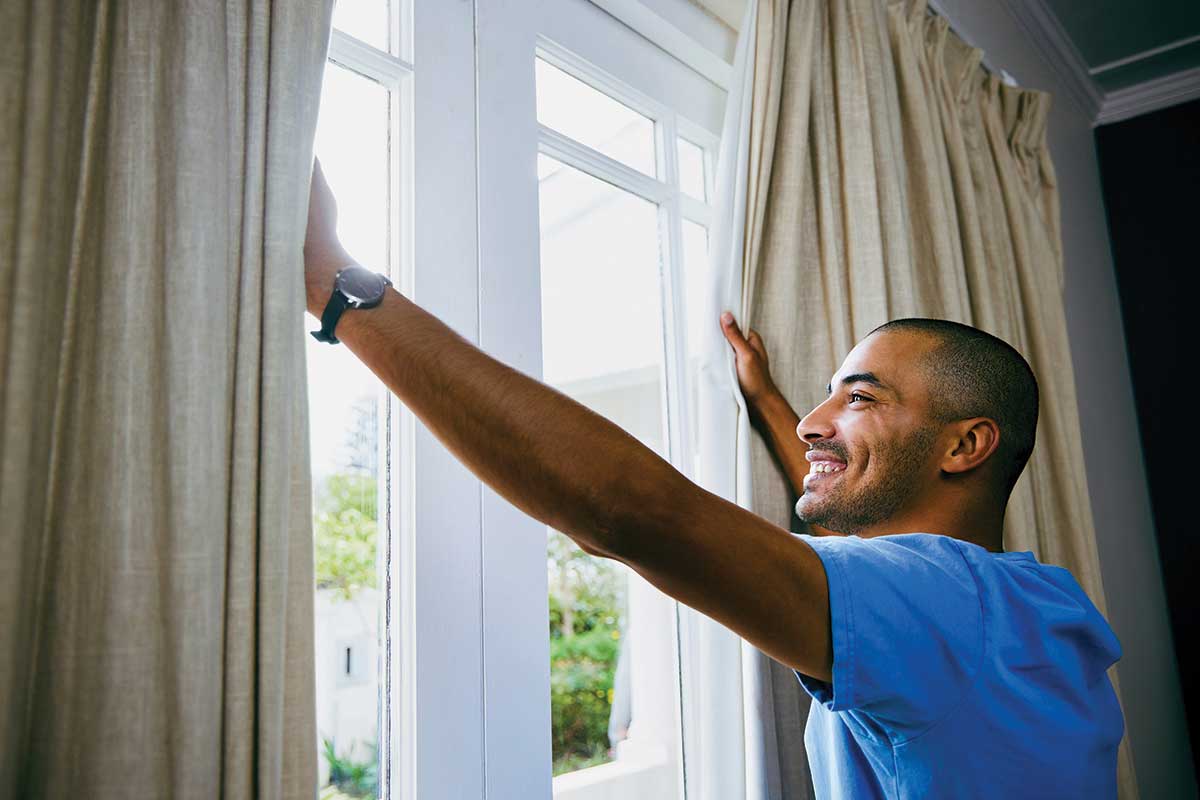Drafts are a common problem, particularly in older homes, where about half of the conditioned air leaks to the outside every hour. The good news is that you can seal air leaks on your own with a little time and effort.
Here are three steps to get you started.
1. Find the leaks.
The first step is a thorough visual search of the interior and exterior of your home. Look for gaps and holes in exterior walls, floors and ceilings. These are often found where different building materials meet, such as at the top of cement foundation walls and around windows and doors. Another common source of air leaks is where pipes or wiring penetrate a wall, floor or ceiling. Ductwork located in unheated crawl spaces and attics can also leak.
Exterior doors and windows deserve your attention. Open each door or window and place a dollar bill between the door or window sash and the frame. If you can pull the bill out easily when the door or window is closed again, the seal is not tight enough. Also, a window that rattles when it’s closed or when it’s windy probably isn’t sealed sufficiently.
The best way to find air leaks is to hire an energy auditor to do a blower door test. A blower door is a large fan that’s mounted in a doorway to depressurize the house, allowing the auditor to find leaks and make recommendations for sealing them.
2. Gather the materials you’ll need:
Caulk. You’ll need a caulk gun and caulk for indoor/outdoor use that is water-soluble until it cures and is paintable when dry.
Expanding spray foam. This is an effective way to plug leaks, but it can be messy.
Weatherstripping. Prices vary depending on type and length of the materials, but there’s a wide variety of weatherstripping options made of vinyl, metal and felt, or open-cell foam that works for most situations.
Pre-cut foam socket sealers. These go behind electrical outlets on exterior walls.
Chimney plug balloon. You may need a chimney plug balloon if your chimney flue doesn’t seal well. Buy a square or round one to match the shape of your flue.
Adhesive plastic window insulation sheets. You may need insulation sheets later in the year for windows that can’t be sealed and don’t have storm windows.
3. Do it!


